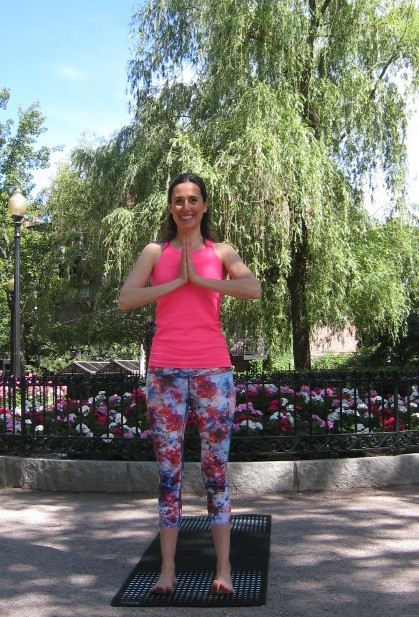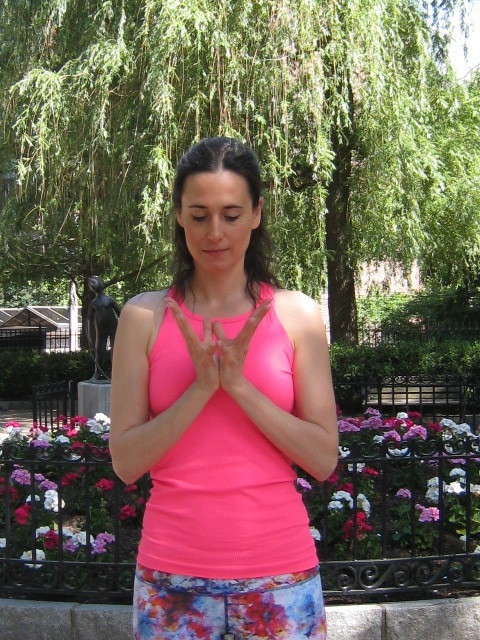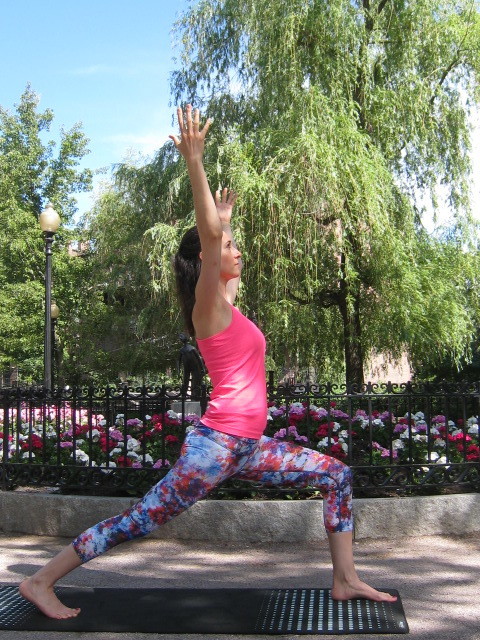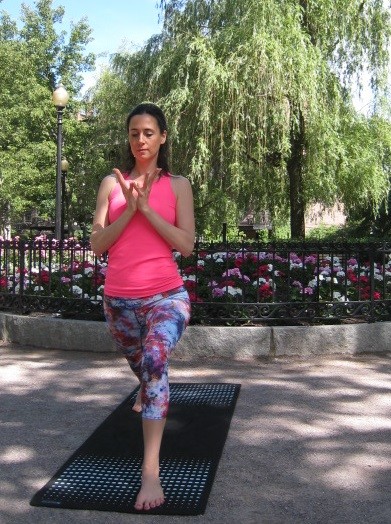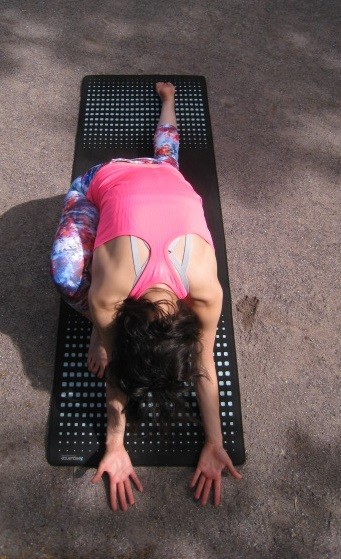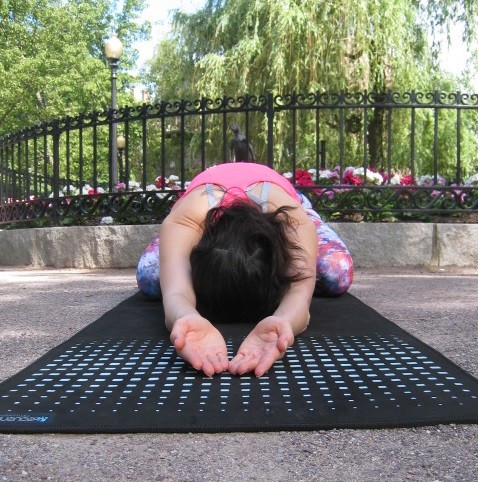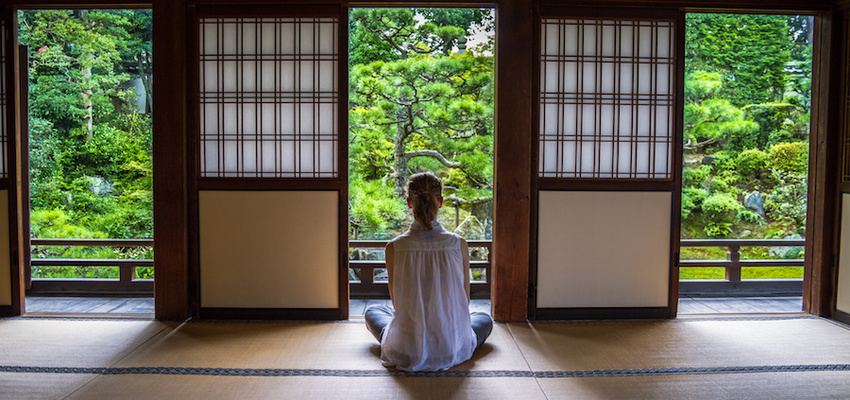June Conscious Box 2015 - Gluten-Free
How Does Conscious Box work?
Conscious Box is the best way to discover the most ethical and sustainable products on the planet! Focusing on strict tenets of organic, fair trade, and pure and natural products, each month Conscious Box will introduce you to healthy and honest alternatives for every aspect of your life and for every member of your family. Discover the best natural products, earn points for leaving feedback and reviews, and buy your favorites at incredible discounts!- Get a variety of unique pure & natural products every month!
- From organic food to vegan beauty products, you’re sure to find new favorites!
- Discover ethical and purpose-driven businesses of all sizes!
- Get content on daily living tips, exciting monthly themes, and creative ways to use your box!
- Easily earn points you can apply to full size products for unbeatable discounts!





